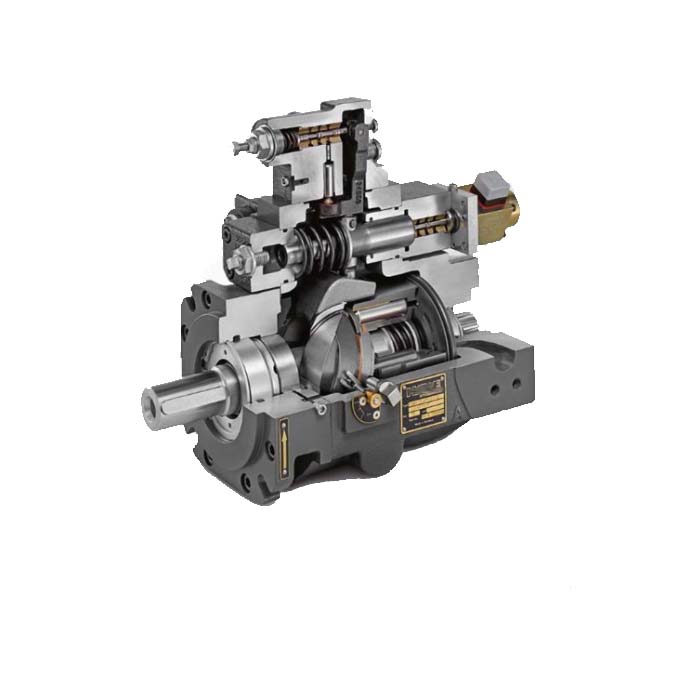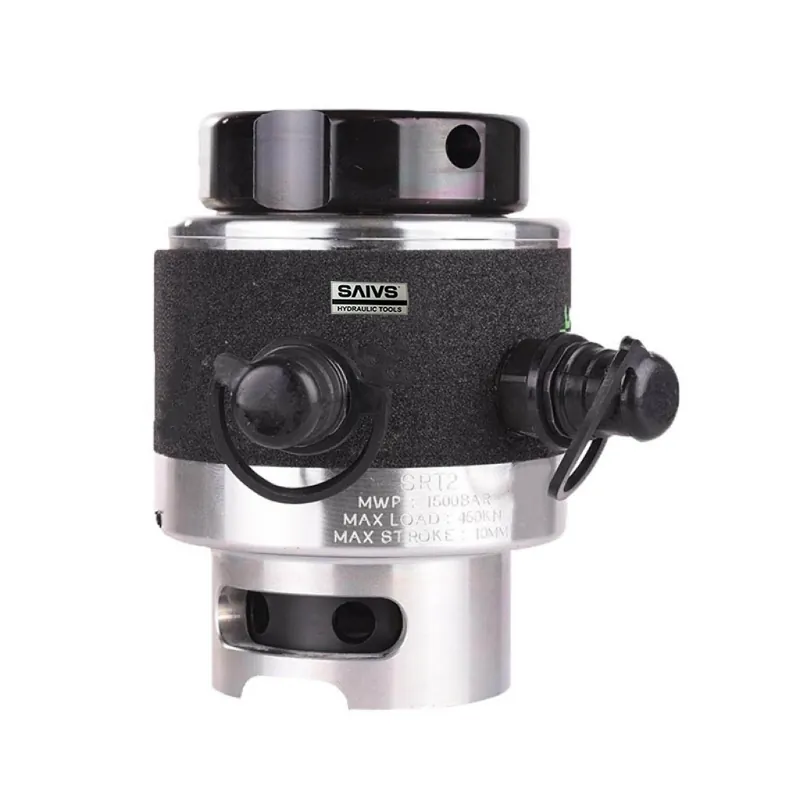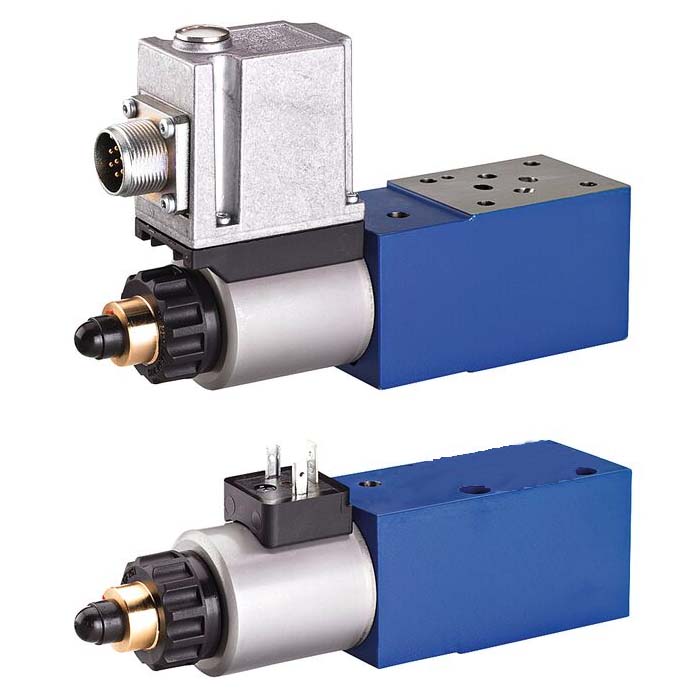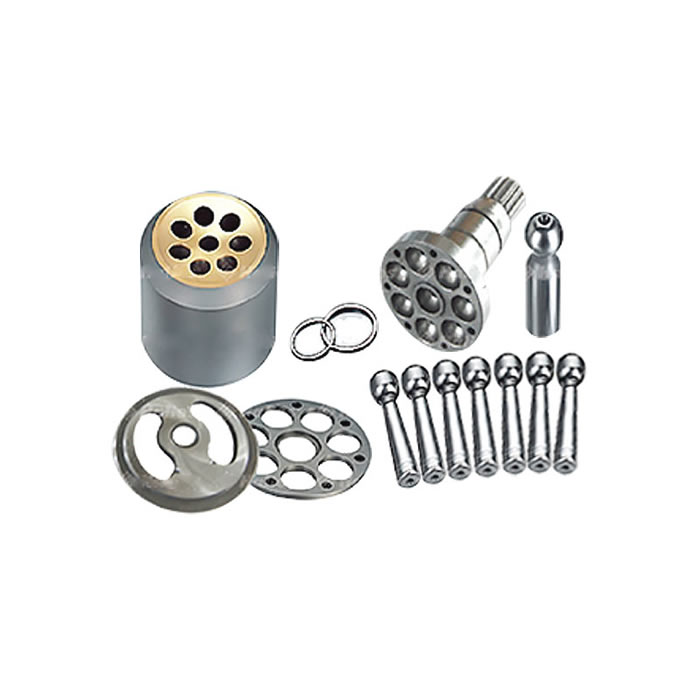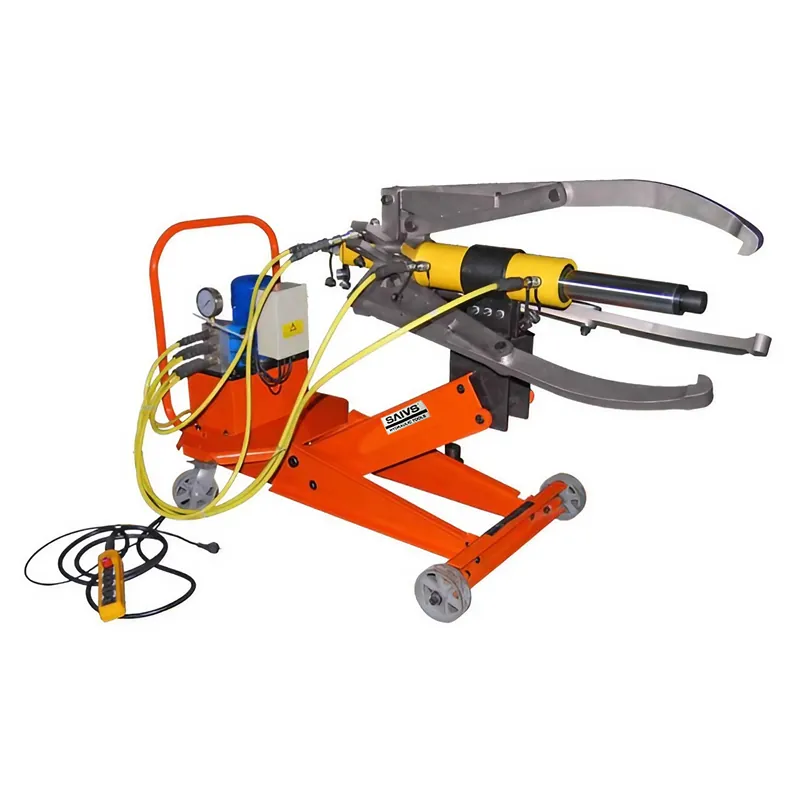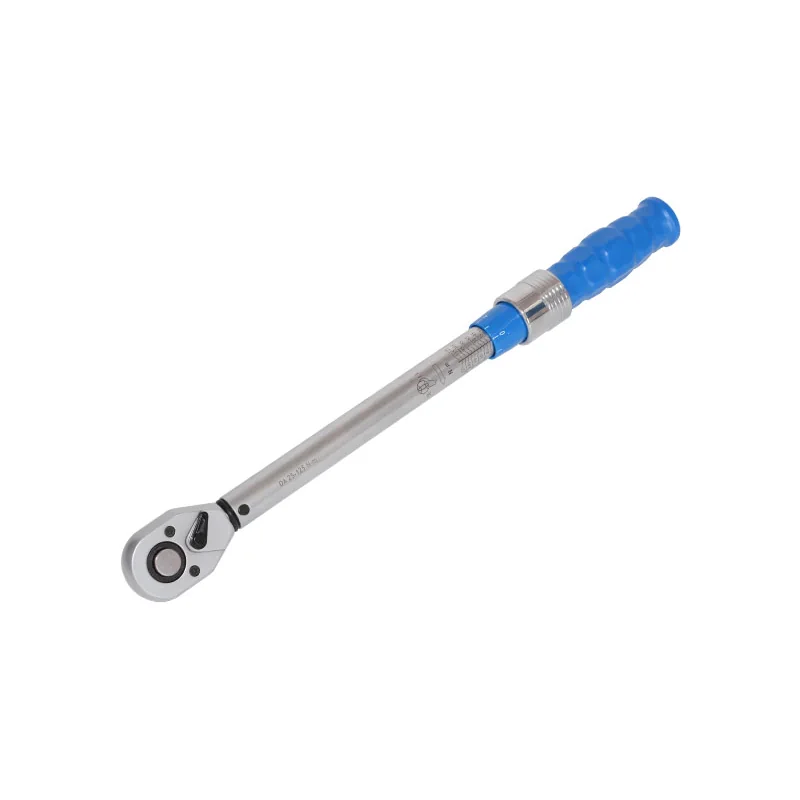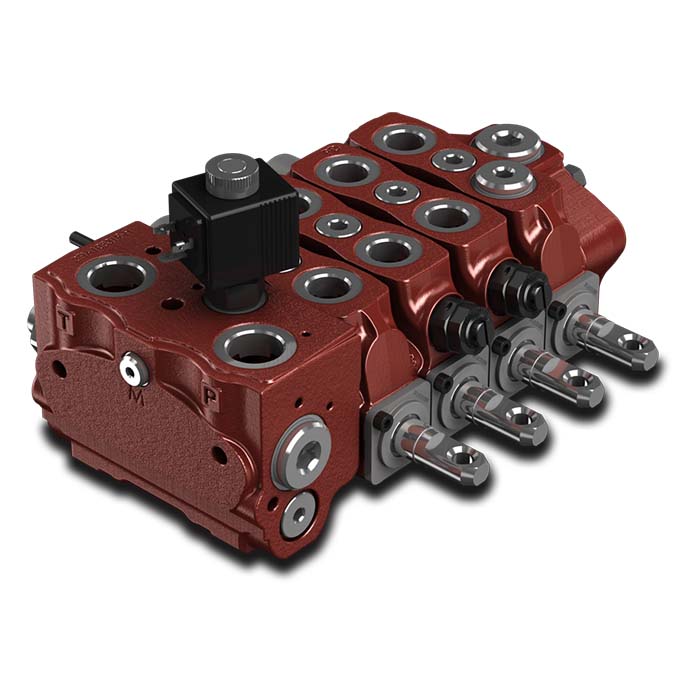The Essential Guide to Daily Pump Maintenance
Enhancing Pump Performance: A Guide to Daily Maintenance
In industrial operations, pumps are the unsung heroes, ensuring the smooth flow of processes.
To maximize their efficiency and longevity, a robust daily maintenance routine is essential.
This guide outlines key practices for maintaining pumps, specifically focusing on hydraulic and booster pumps.
Hydraulic Pump Care: Precision and Prevention
Hydraulic pumps, known for their power and precision, demand careful attention. Here's how to keep them in top condition:
Strict Operational Protocols: Adhere to manufacturer guidelines for disassembly, cleaning, warm-up, and start-up procedures. This minimizes the risk of damage and ensures optimal performance.
Inlet Pressure Stability: Maintain a consistent inlet pressure for the booster pump. This stabilizes its volumetric efficiency, benefiting both the pump's operation and the quality of downstream processes.
Booster Pump Maintenance: Addressing Unique Challenges
Booster pumps, often used to increase pressure, have specific maintenance needs:
Negative Pressure Seal: For pumps with a negative pressure inlet and packed shaft seals, ensure the pressure at the stuffing box remains higher than the external atmospheric pressure. Regularly check and adjust this pressure to prevent air intake, which can lead to issues like web breaks and disruptions in downstream equipment.
Thermal Management: Consistently monitor the temperature of the heat transfer medium jacket. Ensure uniform temperature across the pump body and front/rear covers for optimal performance and to prevent thermal stress.
Performance Tracking: Data-Driven Insights
Comprehensive Records: With each increase in production volume, meticulously record the output, speed, inlet/outlet pressure, and current values.
Comparative Analysis: Regularly compare current data with previous records. This analysis helps identify anomalies early, enabling timely interventions and preventing potential failures.
Why This Matters for Purchasing Managers
For purchasing managers, understanding pump maintenance is crucial for several reasons:
Cost Savings: Proactive maintenance extends the lifespan of pumps, reducing the need for frequent replacements and saving on capital expenditures.
Operational Efficiency: Well-maintained pumps operate at peak efficiency, minimizing energy consumption and reducing operational costs.
Downtime Reduction: Consistent maintenance reduces the risk of unexpected failures, minimizing production downtime and its associated costs.
Quality Assurance: Proper maintenance ensures the stable operation of pumps, contributing to consistent product quality and minimizing defects.
Conclusion
By implementing these daily maintenance practices, businesses can ensure the reliable and efficient operation of their pumps.
This not only optimizes performance but also translates to significant cost savings and improved product quality.

